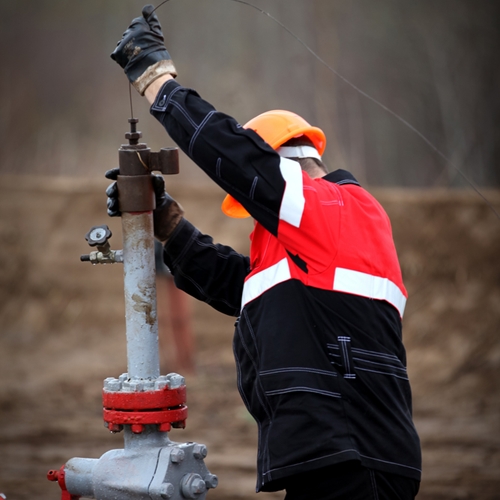
Among all of the high-tech gadgetry out there – like an oxygen sensor or a toxic gas detector – the oil company responsible for the Keystone XL pipeline proposal has been slow to implement fiber-optic cables and infrared sensors.
Bloomberg reported that the leak detection strategy for the 2,000 mile pipeline proposed by TransCanada Corp. will employ more traditional methods, such as flyovers, surveys and internal pressure-monitoring software. However, given the environmental sensitivity of regions compromised by the pipeline, it brings into question the resistance of TransCanada, and companies like them, to sophisticated leak-detection technology.
"Leak detection is just one part of a safe pipeline," Grady Semmens, spokesperson for TransCanada, told Bloomberg. "The No. 1 priority is to build a pipeline that prevents leaks."
It pays to be safe
This zero-incident culture is being promoted by many pipeline companies, according to Carl Weimer, executive director of Pipeline Safety Trust. Weimar says that there are plenty of engineering possibilities that pipeline companies simply don't take advantage of, opting instead for tried-and-true methods. But smaller leaks – pinhole-sized leaks – cannot be detected by those systems.
According to the U.S. State Department, the Keystone XL pipeline would need to spill 1.5 percent of its 830,000 barrel capacity – or 12,000 barrels a day – in order to raise the alarm using pressure-monitoring software. As outlined in the final report of the Leak Detection Study conducted by the U.S. Department of Transportation, equipment such as infrared sensors that help identify leaks quickly and precisely would have cut an estimated 75 percent from the $1.7 billion in property damage caused by oil line leaks during the past decade.
While Vern Meier, vice president of pipeline safety and compliance at TransCanada, claimed that leak detection specialists could could flag leaks using trends in data over time that fell below the 1.5 percent loss in capacity, some analysts were unconvinced.
"You're talking about a system that isn't going to be able to detect a leak that's greater than half a million gallons a day," said Anthony Swift, a lawyer at the Natural Resources Defense Council.
The internal detection systems that TransCanada plans on using for the Keystone XL pipeline detected only 17 percent of the 197 oil and liquids pipeline leaks between 2010 and 2012. Members of the public – without any sensors or software technology – reported 23 percent of those leaks, according to a Transportation Department report.
So what is it going to cost?
Out of the 2,000 mile pipeline, just 141 miles have been determined to be "high-consequence" areas – or environmentally vulnerable to leaks – with high populations or drinking water supplies. At $5,000 per mile, fiber-optic cable that would significantly improve leak detection at these hot spots would cost $705,000. The pipeline is going to cost $5.3 billion – and that is just the northern portion. In comparison – $750,000 is a drop in the bucket.
Still, Russ Girling, the CEO of TransCanada, has been steadfast in his assertions that the Keystone XL will be the safest pipeline ever built in the U.S. That is TransCanada's sentiment through and through.
"Clearly we've got millions of miles of old pipelines in the ground that are riskier than these new ones they're putting in," Weimer said. "What they're doing now is better than what's been in the ground for 50 years."
The Transportation Department, however, estimates that as much as $1.1 million a year could be saved – per pipeline – by using external monitoring equipment, especially at critical points such as river crossings. Still, Weimer says that good quality steel and coatings and automated valves will reduce the risk of a spill on the Keystone XL than previous pipelines. It only costs – after all – $100,000 for an internal computer system.